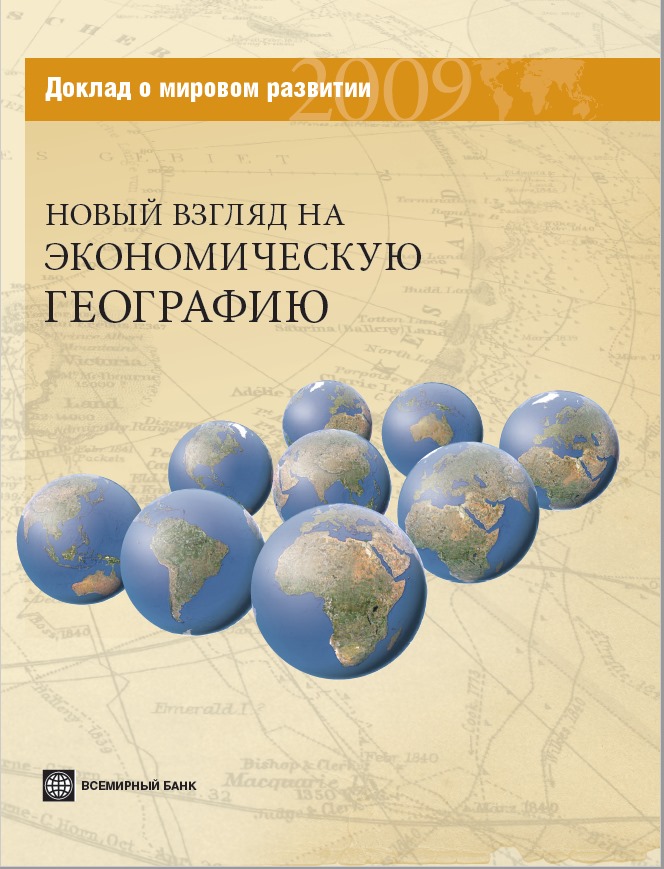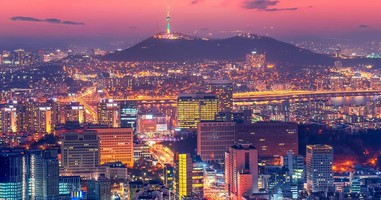
Blogs
Spatial development: a view through the prism of economic geography
January 26, 2021


Кайнар Кожумов
партнер
During today's extended meeting of the Government, it was announced that “The National Development Plan, the Territorial Development Plan, as well as the National Security Strategy, will determine the goals and objectives of the state apparatus at both the central and regional levels. At the same time, it is obvious that the development of the territories and regions of Kazakhstan will be of great importance. " And in particular, that “in general, the Territorial Development Plan will provide an opportunity to strengthen the role and responsibility of the regions, as well as ensure the territorial and spatial development of Kazakhstan. The territorial development plan is planned to be developed by July 1, 2021. It will be developed on the basis of the competitive advantages of each region of the country ”. (https: //www.inform.kz /.../ glava-gosudarstva-kayratu ...) Not completely agreeing with the last proposal, in which the ears of the Soviet State Planning Commission are again shining through, I fully support the idea that the role and responsibility of the regions (read, akimats) will be strengthened. However, since the Territorial Development Plan, along with this, will still “determine the goals and objectives of the state apparatus both at the central and regional levels,” unfortunately, it was not announced on what principle the delineation of roles and responsibilities between them would take place. Until now, all strategic documents on the topic of spatial development "from top to bottom" determined how and where the regions should develop. The planning of such development has always been considered exclusively within the administrative boundaries of regions and cities (at the regional level) and within state boundaries (for the country as a whole). Although the regions separately, and Kazakhstan as a whole, are not North Korea, voluntarily closed in its own geography. This is especially surprising given that back in 2009 the World Bank published a report on its study of the role and significance of economic geography for the economic development of countries and regions (https://openknowledge.worldbank.org/handle/10986/5991). The report is voluminous and examines three key factors of economic geography that facilitate or hinder development: Density, Distance, Division. In short, an increase in demographic and economic density at the regional level, a reduction in the economic distance between regions and at the national level with key trading partners, a decrease in separation (here we mean barriers to the movement of goods and services, people and capital) have a positive effect on quality and pace of development. Separately, I would like to highlight for you from this report several lessons of economic geography that we should take into account. 1. SIZE DOES MATTER. The size of a country is both population and economic mass, including natural resources. 2. EXPORT OF ONLY RAW MATERIALS, AS A RULE, DOES NOT PROVIDE ECONOMIC DEVELOPMENT. Only sparsely populated Botswana, rich in mineral wealth, has achieved this through sound policies. The authors also point out that agriculture cannot by itself translate poor countries into middle- or high-income countries. Agricultural activities are either small in scale to provide a significant amount of free resources for export, or, if large in scale, benefit only a small number of large landowners or agribusinesses. 3. THE PROCESSING INDUSTRY REMAINS ITS IMPORTANCE. Every successful country (or region) in the world initially benefited from the development of basic labor-intensive manufacturing sectors. Over time, processing diversified, manufacturing and employment became more specialized, facilitating increased trade in intermediate products with other countries in the region. With further development, the share of manufacturing in the economy declined, retaining only highly specialized production, being replaced by service sectors, including R&D for products that were then produced in other countries at lower stages of industrial development. 4. OPENNESS HELPS, BUT CAUTION IS NECESSARY. Each of today's successful regions of the world began developing its manufacturing industry behind a "wall" of substantial tariffs and other safeguards. And only as their industry developed, when it already began to need foreign components and foreign markets, they gradually opened their borders through regional and global integration. 5. FROM OPENNESS AND INTEGRATION, SMALL COUNTRIES AND COUNTRIES WITHOUT SEA WILL WIN MORE. To improve integration, industrialized regions have invested heavily in the development of physical infrastructure that has facilitated intraregional trade. However, lesson 4 above should not be overlooked. Taking this into account, it is obvious that the policy of spatial development of Kazakhstan should be mutually supportive with the policy of developing an export-oriented manufacturing industry. And in this case, it should be aimed at solving the following tasks. First. Ensuring demographic and economic density by promoting further concentration in the points of economic growth that are already emerging today. Second. Reducing economic distance by removing all barriers to the movement of goods, services, people and capital both within regions, there and between them. Barriers can be physical (e.g., lack of roads or rail / air links), economic (e.g., high cost of transporting goods, low availability of housing for moving labor resources), and cultural (ethnic or linguistic differences that restrain migration flows) ... Third. Caution and prudence in lowering barriers to foreign trade. Without a well-considered strategy to reduce barriers that complicate the access of Kazakhstani products to the markets of our closest neighbors, it will be practically impossible to ensure economic development with our small market. But at the same time, even in the context of integration processes within the Eurasian Economic Community, it is necessary to use the existing tools and mechanisms to protect the internal market to support the emerging national manufacturing industry. In such an architecture of national spatial policy, the distribution of roles and responsibilities between central and regional authorities will occur organically. Everything that happens or should happen within the region belongs to the exclusive responsibility of local authorities. Everything that goes beyond the region or belongs to the external economic perimeter should be the responsibility of the central authorities.
all publications











